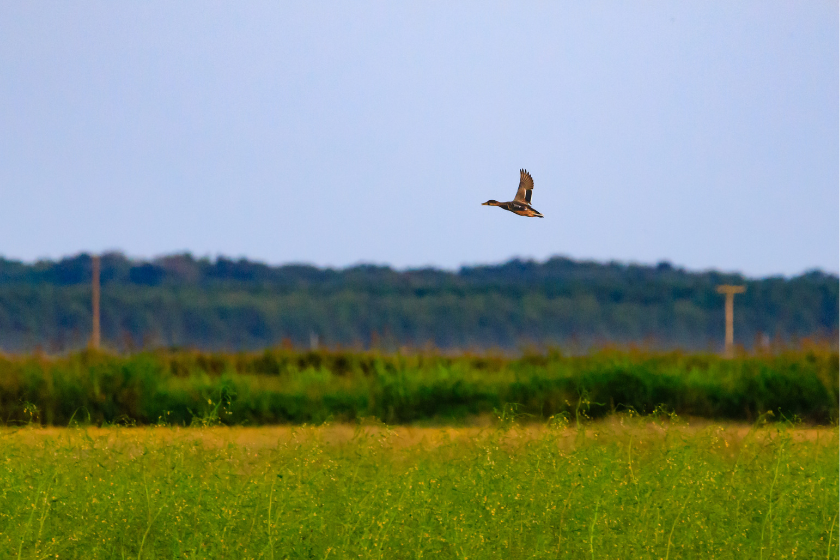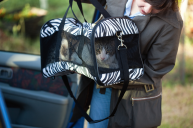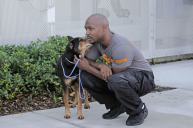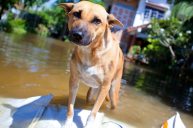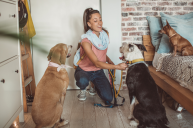Being prepared is the key to any safety plan, but especially when it involves pets. Wildfire season presents a series of unique challenges for pet owners who call wildfire prone areas home. Wild fires are fast and terrifying, and a few minutes can make the difference in whether you get out or not. Handling pets during a wildfire can be particularly tricky, especially if you don't have a plan. Having an evacuation plan is the best way to make sure that everyone stays safe when disaster strikes. Here are a few ways to make sure you and your pet are prepared for wildfire season.
Preparing for Wildfire Season
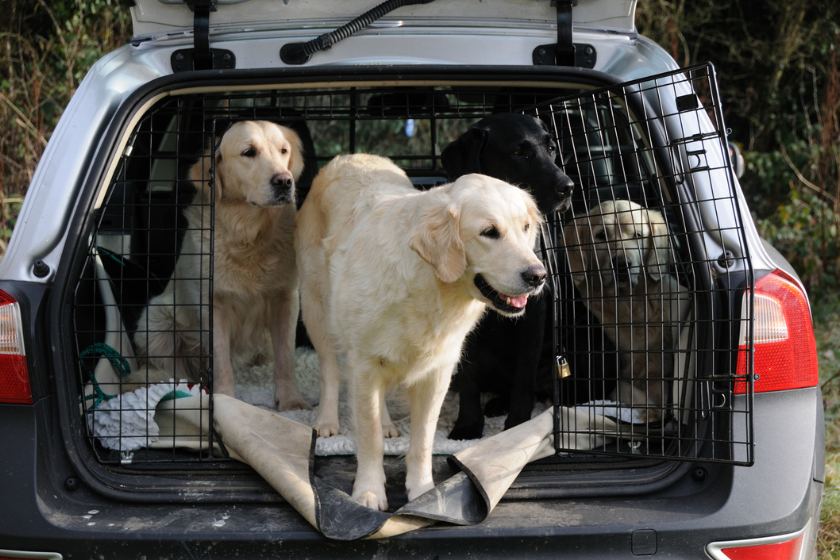
One of the best things you can do ahead of wildfire season is to prepare your property. Pat Ehlers from the Nevada County Veterinary Disaster Response Team told Wide Open Pets that one of the best things pet owners can do is make sure they have defensible space around their homes. If all of the fuel around your home is out of the way, you have a better chance of surviving a wildfire, especially if you cannot get your pets out.
It also helps to have the phone number for organizations that help get animals out in case of a fire. Many nonprofits like NCVDRT work with local sheriff's departments and can help keep pets safe. Also, make sure you keep a list of animal shelters, pet-friendly hotels, and emergency shelters with their current contact information. If you and your pet get separated or need to evacuate, having these numbers on hand will help you locate them.
Pet Evacuation Kit

RELATED: Everything Your Pet's Disaster Preparedness Kit Should Include (Just In Case)
According to The Humane Society of the United States, putting together a pet emergency kit during fire season can help pet owners prepare for possible evacuations. They recommend that your kit include the following items:
- Collar and tags with a sturdy leash
- ID tags, microchip ID, and rabies tag with an updated phone number
- Pet medications (ask your vet about keeping extra supplies/medications and a copy of prescriptions for your emergency kit)
- Medical records and current vaccinations
- Current photo of each pet with the owner in case of separation for proof of ownership
- Manual can opener if your pet eats food from a can
- Canned or dried pet food to last the five days
- Water bowls and enough fresh water to last your pet for five days
- Cat litter, liners, and pans
- Plastic bags, newspapers, paper towels, and disinfectants for waste clean up.
- Toys and any special comfort item for even a small amount of stress relief
- Your pet's crate or kennels with bedding intact
- First aid kit
Keep your kit near your point of exit, so you can grab it at a moment's notice and head out the door; it is wise to begin loading the car when your fire zone is at the evacuation warning level. That way, when you move to a mandatory evacuation, you can load up your pets and family and head out.
If you have concerns or have larger pets, like horses and other livestock, you may want to leave your home and head toward a boarding facility out of the fire zone when you have a little more time. Load your horse trailer with emergency supplies, food, water, and halters for your horses. When mandatory evacuations are issued, you may not have very long to get out, depending on how quickly the wildfire moves. Rather than get stuck in traffic with a horse trailer, it is usually best to get you, your animals, and emergency supplies to a safe place as soon as possible.
Handling Pets in a Wildfire

Ehlers said that one of the major challenges for those helping with wildfire evacuations and rescues is getting to pets in a fire zone. If a pet owner has problems getting their animals out, they can always reach out for help. Ehlers said, "They should ask a neighbor for help." Ehlers added that small animals can always be put directly into the car if need be. Larger animals are a little trickier, especially if there is little time. Ehlers recommends the best thing to do is to lock them out of the barn, saying, "If they go back in, they could die from smoke inhalation."
Ehlers believes the best course of action if you have large animals is to leave early, given you have enough warning. If pet owners are unsure where to take large animals, reach out to your county's animal control. They will have resources available for what to do in case of an evacuation and can point you to other agencies who can help.
One of the other challenges pet owners face when handling pets in a wildfire is poor air quality. According to the American Veterinary Medical Association, wildfire smoke can cause health problems for pets and people. The AVMA says that smoke can greatly affect pet health for animals, both small and large. Some of the signs that smoke is causing problems with your animal's health are the following:
- Difficulty breathing
- Coughing or gagging
- Nasal drainage
- Excessive eye watering
- Inflammation of their mouth or throat
- Lack of appetite
- Excessive tiredness or stumbling
- Overall weakness
- Breathing hard
If your pet is showing any of these symptoms or you have other animal health concerns reach out to your vet.
Are you and your pets prepared for the next wildfire? Tell us how you prepare on our Wide Open Pets Facebook page.
This article was originally published September 30th, 2021.
